A huge number of system pathology can lead to a significant reduction in the quality of life, full loss of performance, and even difficult disabilities.Diseases associated with a musculos-bone system happen not only in age.Each 2-3 cases were observed in working age patients.The most dangerous and weak submission of correction is arthrosis.
This degenerative disease is accompanied by thinning cartilage in large and small compounds, leading to a reduction in movement amplitude and expressed pain when trying to perform them.It is possible to prevent serious consequences only as a result of appointing adequate treatment in very early stages of disease development.In this article, we will find out the causes of development, pathogenesis, clinical events, modern methods of diagnosis and treatment of arthrosis.
Prevalence arthrosis
Pay attention to statistical indicators, it can be determined that arthrosis is a very relevant disease, and every year its occurrence is only growing.According to the World Health Organization, pathology is observed in seven percent of the planet population.This puts it in the first row in the frequency of revealing compared to other musculos-bone system disorders.
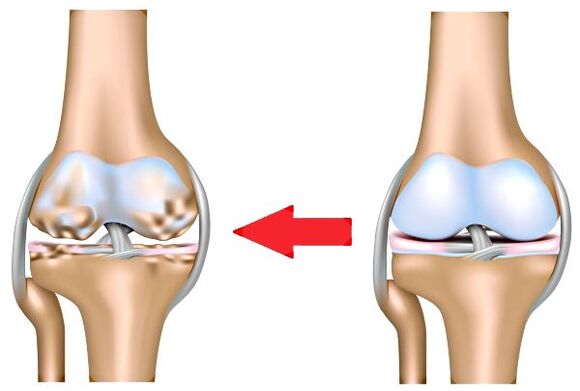
Arthrosis is a chronic compound disease not inflammation of etiology, leading to deformations in affected areas
Often the degeneration of cartilage is observed in young people, can be found more often in men.In young girls, interfielded arthrosis is often revealed.After achieving fifty years, the frequency of lesion and the localization of focus become approximately the same for representatives of both sexes and is about 60%.
The data presented can be understood that it is extremely important to identify pathology in the early stages for the most efficient drug therapy.Otherwise, the treatment of the launched arthrosis will be inaccessible to most older patients related to the financial component.
Causes and risk factors for the development of arthrosis
The frequency of the appearance presented joint diseases led to the fact that the problem is acute in the medical circles of highly developed countries.Hundreds of millions of dollars are spent on studrosis studies by leading clinics per year.Gradually researching problems enabled the knowledge of pathogenesis of processes and factors that can increase the likelihood on the occurrence of the disease.
Modern and more complete classification of common degeneration will be shown below, this phase is sufficient to understand that primary and secondary forms differ.
Reasons that can lead to the development of a secondary common disease include the following:
- Congenital changes associated with blood supply in joints;
- Injuries of cartilage, ligamental apparatus or bone rastoto growth zones;
- Violations associated with metabolism, especially with a mineral link;
- Autoimmune pathology;
- infections affecting bone tissue;
- Hemophilia.
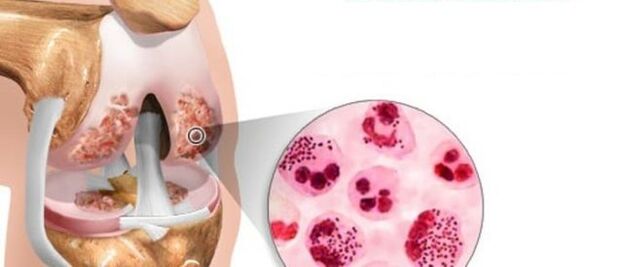
The primary arthrosis is an independent disease, it can be developed as a result of the impact of such provo factors:
- Senile age;
- presence of excess body weight;
- Excessive physical activity;
- Surgical interventions in the wrist;
- Genetic predisposition;
- Insufficient nutritional intake of calcium and other minerals;
- Chronic intoxication;
- Long and frequent stay at low temperatures;
- Frequent bone injuries.
Arthrosis development mechanism
The normal bone joint consists of two or more heads of joints, ligamental apparatus, cartilage and sinovious liquids.All these structures provide mobility in a particular area of muscle-bone system without pain, allow the load obtained by hiking and jumping, scattering it without applying the body.
Arthrosis of the joint belongs to the group of diseases with polyethological origins.This means that the most common cause of development is the influence of the entire trigger complex, including professional damage, excess weight, older and malnutrition.Pathogenesis is that certain influences lead to significant deterioration in blood supply and lymph flow from the specified area.
Furthermore, chondrocytes lose the capacity of fast regeneration and product of normal amounts of intraarticular fluids, which reduces friction surfaces during the movement.Gradually, cartilage becomes rough and begins to wash under the influence of pressure during the active body movement.
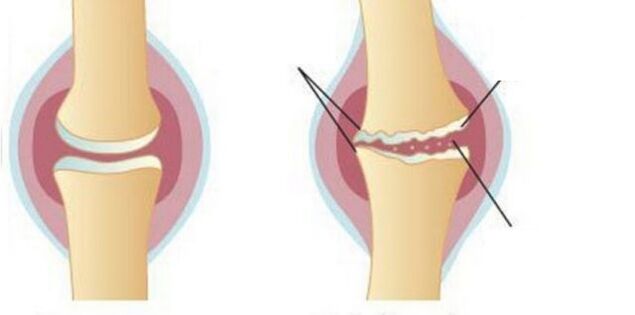
Gradually, the compensatory possibilities of the tissue are consumed and gradually deleted the layer of chondrocita.When degeneration reaches the bone, extremely developed and mobility will be significantly reduced.Without proper treatment, the patient can completely lose the ability of active movements, and even for independent maintenance of his needs.
Symptoms of arthrosis
The person does not find out what arthrosis, the disease begins gradually and is not shown in the initial phases.Over time, the patient records the look of mild pain without a certain localization, which improved on the background of significant physical effort.Growing degeneration leads to the fact that pain appear with smaller movements and get a clear location.
Fewer noticeable symptoms of arthrosis development include:
- "Pain" pain in case of time;
- Crunch when moving;
- stiffness in the morning;
- muscle cramps.
With a deep lesion of cartilage, there are signs that indicate local inflammation, such as swelling, skin redness and local increase in temperature.If a person is not looking for a doctor's assistance, symptoms progress and start appearing not only against the background of physical exercise, but also at rest.
The condition of the hondrocyte layer leads to deformation of compounds and violation of the normal functioning of limbs.When you feel pathological focus, the patient will notice points the greatest pain.In addition, the lips of cartilage will be significantly thickened by its edge, which will indicate compensatory hypertrophy.
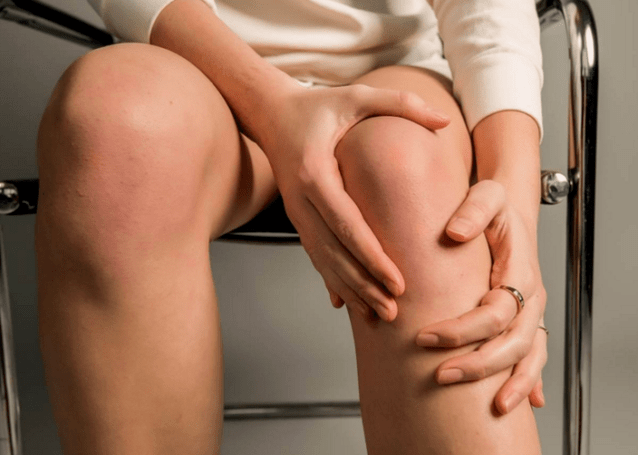
Pain
A large number of injuries in the bone area leads to certain difficulties in the differential diagnosis process.However, which assessed the nature of pain, arthritis from arthritis of other etiology can be distinguished.In the described state, painful sensations arise in the rule when they try to perform active movements.Its intensity will gradually increase when trying to increase the load on the damaged compound.
The described clinical picture corresponds to the first phase of the procedure.In the second and third phase of advancement, pain appear even in a state of full vacation, you can stop them only by comfortably to tune for limb.The difference between arthritis is a constant presence of pain, which does not disappear when the position changes, and it is also intensified at night.
Wrist sage
The destruction of the natural structure of cartilage causes the active spread of chondroblast, but each polpotal cell in our body has a certain boundary of the department.This phenomenon is called compensatory buffer.This means that after a certain amount of mitotic divisions, the cell is dying and can't play more than one.
After a while, this causes a change in the normal shape of the common gap, the appearance in its lumens and dents. This phenomenon is deteriorating only the procedure, as the spikes are formed during the destruction process cause additional damage during the movement.
Due to the change of the smoothness of the surface of the surface, the appearance of torus and irregularities, amplitude of active and passive movements has been significantly reduced.This is that symptom that most often makes the patient look for medical attention.Unfortunately, at this stage, medicinal treatment efficiency becomes too low, only the surgical correction of the wrist can correct the situation.
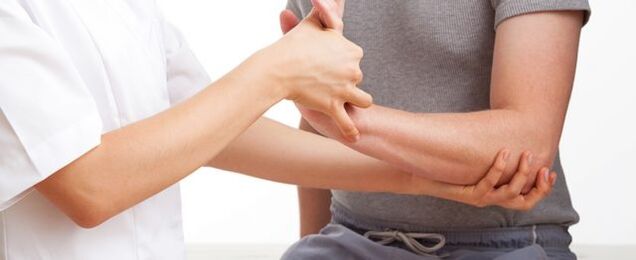
Characteristics include:
- High probability of "contract" development or complete disappearance of active and passive movements in the UD;
- The stock is observed during the day, not only in the morning, as in arthritis;
- In some cases, the limb must be faded manually to provide it with a more suitable position.
Sounds in the wrist
Many have heard a characteristic "crispy" sound when mixing joints.There is a theory according to which this phenomenon is observed when the pressure in capsules changes in capsules, as a result, the density of the sinocular fluid is dramatically changing on gas bubbles, which is rapidly expanded and drawn, creating the crust.This phenomenon is not dangerous, but with an arthrosis, a similar sound appears as a result of other processes.
Crysta is a cartilage formed during the destruction of cartilage and joint lip, leading to crack creation and renewal of the ligamentologist.Even even an inexperienced person will be able to distinguish sound in the joint with arthrosis - he is grub and "dry".The weight and amount of symptom described is directly proportional to the disease phase.
The specifics of sounds in the joint with arthrosis are:
- Their presence only in a staggering compound;
- Always accompanied by deterioration of mobility;
- Traction advances in later stages of the disease.

Change the look of the compound
At the initial phases of the development of the arthrosis, the process does not lead to a change in the form of bone compound.The noticeable change can be observed only by neglected diseases, when one part of the wrist completely deletes, and other cartilage products.As a result, the pathological area increases significantly and loses its natural form.The symptom is extremely unfavorable, as the presence of deformation in the region will, for example, knee or hook, will always lead to changes in lower structures due to the shift of the applied load.
Types and phases of arthrosis
Modern classification of arthrosis is quite branched, due to the huge list of possible localization of pathological focus.
For the convenience of communication between experts of various medical centers, and even countries in the diagnosis and treatment of this disease, the main difference:
- Arthrosis of hand;
- cervical;
- ankle;
- Knee;
- Polythrosis;
- hip;
- Stitch.
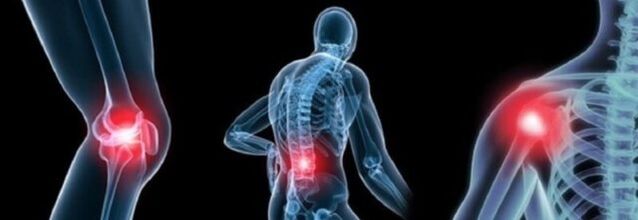
When diagnosing, the phase is very important precisely the exact determination of the destructive process phase.Arthrosis development phases vary:
Phase 1 - Fully no visible changes in the form of compound, disorders are noticed in the biochemical composition of the intr -aticular fluid, an insignificant pain syndrome appears, complemented by inflammatory manifestations in the wrist.
Phase 2 - The process of degenerative process is observed in cartilage fabrics, "Christ" forms, stiffness and significant pain syndrome during the movement are connected.The dystrophy of the surrounding muscle joint is being developed.
The third phase - the presence of extensive cargo excavation foci, the form of joint changes, amplitudes of active and passive movements in the limbs significantly decreases or completely absent.Often in patients at this stage, contracts are developed that completely stop movements in the affected area.
Complications
The uncontrollable destruction process can lead to severe complications that can, in addition to reducing the quality of life, lead to complete incapacity to take full care of themselves.
The most difficult ones include:
- Full destruction of the cartilage of the wrist tissue;
- contraction;
- The appearance of hernial relations in the area of intervertebral disks;
- Severe patient disability;
- Significant deformation of limbs.
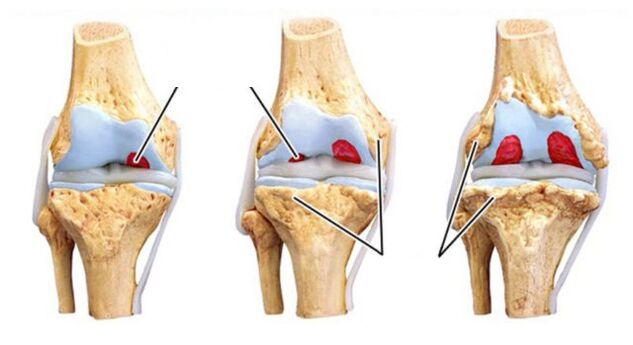
Treatment of arthrosis
Unfortunately, many patients, unfortunately, learn about which arthrosis and how to treat it in these phases when a significant effect is no longer able to achieve a significant effect.It is necessary to be included in the correction of the state of the musculos-bone system after the appearance of the first symptoms and lifelong centuries.This is due to the fact that the influence of factors that contribute to the development of the disease is rarely prevented.For example, age-saw changes in blood supply and lymph flow from the joint require constant use of vascular drugs.Given pathogenesis, therapy should be complex and comprehensive.For starters, after the appearance of unpleasant sensations when moving, see the rehumatological profile expert or traumatologist.The doctor, based on laboratory and instrumental diagnostics, will establish an accurate diagnosis and address the issue of prescribed adequate treatment.
Medicine treatment
You can correct the situation in the early stages of arthrosis with the help of medications.For this purpose, such medications are used:
- The hormones of the adrenal cortex;
- not -steroidal anti-inflammatory drugs;
- Preparations with HONDROPROPOTECTECTIVE EFFECTS.
The complex impact allows the patient to rescue pain, leveling the inflammatory process and restore the normal blood supply as soon as possible.

Latest therapy
Advanced development of drug treatment events led to the creation of new drugs, which are basically a substitute for a natural synonymous fluid.Developed molecules can significantly reduce the process of degeneration of cartilage, reduce pain and save the patient from inflammatory phenomena.Artificial Sinovian fluid is introduced directly into a common bag every week.The duration of one course of treatment is 3-5 weeks.The result is usually achieved enough for a normal life person in 6-12 months.Patients claim that the comfort and quality of life are significantly improved.Unfortunately, this tactic applies only in relation to people with 1-2 phase arthrosis.
Surgical treatment
With severe damage to large joints, such as hip or knees, in a relatively young age of up to 60, patients offer surgery for complete wrist replacement.Today, ceramic transplants and titaniums are used that can completely restore lost functions.These devices are strong enough and can be provided to the patient for up to 20 years of life without any problems with mobility in replaced joints.

Folk recipes
Non-traditional medicine is widely used in the treatment of arthrosis.This is due to the fact that after stopping the acute process is required lifelong therapy, aimed at returning and maintaining the natural structure of cartilage.In order to achieve goals, products used must be safe and the most acceptable.
Compresses and lotions with the decoctions of the following plants are very popular:
- ginger root;
- cinnamon;
- Kalanchoe;
- turmeric;
- Celery.
Diet with arthrosis
In the treatment of the presented pathology, the body is extremely important for the body to ensure the constant intake of nutrients.This can only be achieved if compliance with protein, fats, carbohydrates, vitamins and nutrition microelements in terms of protein, fat content.To make up the most appropriate power circle, you should look for a nutritionist help.Fast carbohydrates and alcohol need to be removed from the diet.The base of the table should be dishes of fish, red meat and fresh fruits.
It is very important in accordance with the following arthrosis studies:
- balance;
- Eat 5-6 times a day in small portions;
- Not eaten after 19:00;
- Solving excess body weight.
Prevention
There is no specific arthrosis prevention due to the polyethological state.
You can warn the start of the disease by complying with general recommendations:
- Proper nutrition;
- Moderate physical activity 2-3 times a week;
- normalization of body weight;
- Frequent fractional nutrition;
- compliance with personal hygiene rules;
- Refusing bad habits.
Conclusion
The presented pathological state of the muscle-bone system is often observed in older patients.It is necessary to increase the incidence of an early diagnosis of the disease, as in this case, it is possible to count on a successful outcome from conservative treatment.Forecast for the working capacity, subject to the early identification and respect for all doctor's recipes, is favorable.The presence of the third phase arthrosis monitors an unfavorable forecast and can lead to the patient's complete incapacity to serve.
However, even the most difficult form of the disease is adapted with the help of surgical treatment, of which the shortcomings of which are:
- Trauma operations;
- High cost;
- Long rehabilitation period;
- Cannot be applied to patients over 60 years old.

















































